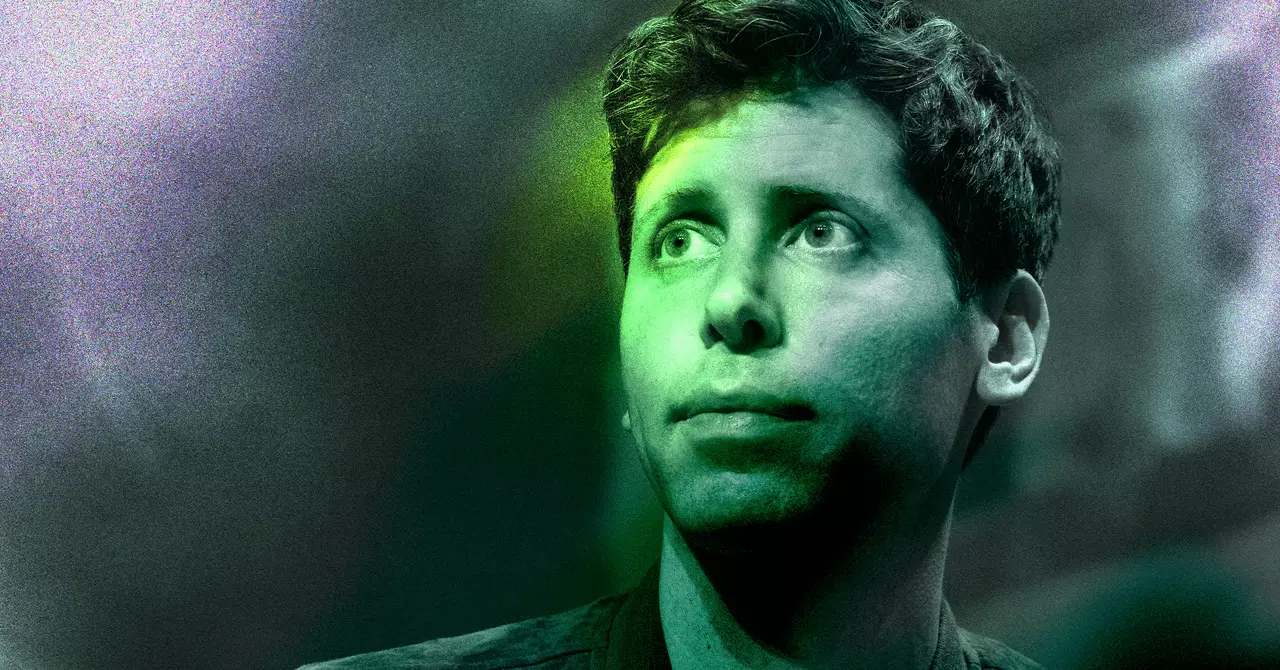In the rapidly evolving landscape of artificial intelligence, human capital has become the most valuable resource—not just for innovation, but for maintaining competitive dominance. OpenAI’s recent aggressive recruitment of high-profile engineers exemplifies this shift. These individuals are not merely filling roles; they are the architects of the next leap toward artificial general intelligence (AGI). By bringing in veterans from Tesla, Meta, and xAI, OpenAI underscores a critical understanding: the core of transformative AI progress hinges on the caliber of the teams steering its development. This strategic focus on talent reflects a nuanced realization that technological breakthroughs are inseparable from the expertise and vision of those who build and scale the infrastructure.
The science of AI is no longer confined to algorithms alone; it depends heavily on the robust backbones of infrastructure—powerful hardware setups, sophisticated data centers, and advanced software ecosystems. When OpenAI hires individuals like David Lau, a former Tesla software executive, and Angela Fan of Meta, they are signaling a commitment to integrating top-tier engineering excellence into their foundation. These hires aren’t just about filling seats—they symbolize a proactive move to push the boundaries of what’s possible, knowing that breakthrough models won’t emerge solely from innovative ideas but through relentless scaling and system optimization.
Infrastructure as the Bedrock of Progress
While consumer-facing innovations like ChatGPT grab headlines, the mundane yet vital infrastructure work behind the scenes remains the backbone of AI advancement. OpenAI’s focus on infrastructure is no accident, recognizing that without scalable systems, breakthroughs remain aspirational rather than attainable. The new team members work on Stargate, a joint venture dedicated to building large-scale hardware and data solutions capable of handling the immense computational demands of next-generation models. The sheer scale of projects such as Colossus, an enormous supercomputer, typifies the colossal effort required to support AGI research.
From a strategic perspective, infrastructure is the silent engine that transforms research visions into tangible realities. The emphasis on systems-level challenges reflects a broader understanding that achieving AGI requires not only innovative algorithms but also meticulous orchestration of hardware resources. OpenAI’s concerted investment in this area signals a long-term vision that prioritizes resilience, efficiency, and scalability—elements that will be critical for safe, well-aligned artificial general intelligence.
The Competitive Talent Race and Its Implications
The AI industry’s fierce battle for talent is reshaping employment paradigms, jeopardizing traditional notions of compensation, loyalty, and research culture. Meta’s aggressive hiring tactics, including high-paying packages for OpenAI alumni and access to unparalleled compute resources, highlight the value placed on securing top-tier engineers. The ongoing talent war reflects a broader realization: that mere investment in hardware or data is insufficient without the people who can harness and optimize these assets effectively.
OpenAI’s recent internal acknowledgment of the need to recalibrate compensation strategies indicates an industry consciousness that talent acquisition is not just about individual prestige but essential to strategic positioning. The arrival of engineers connected to Tesla, xAI, and Robinhood adds a new dimension to this competition, intensifying existing tensions within the AI community. These movement dynamics are not merely personnel shifts—they symbolize a larger pursuit of technological supremacy, with each company vying to outpace its rivals by fortifying its teams with proven expertise.
Complex Politics and the Future of AI Leadership
Behind the scenes of this talent boom lies a tangled web of industry politics, rivalries, and ideological clashes. The departure of key figures from OpenAI to Meta, and the potential for conflicts with Elon Musk—who has publicly criticized OpenAI’s direction—highlight that AI leadership is as much about strategic influence and narrative as it is about technical mastery. Musk’s lawsuit against OpenAI underscores the high stakes involved: control over AI’s future, narratives of mission, and the associated economic and ethical power.
This infighting is a reflection of broader tensions over the true purpose of AI development. OpenAI’s transition from a nonprofit to a for-profit entity, coupled with heavy investments from Microsoft, demonstrates a shift from idealistic ambitions to corporate pragmatism. In this environment, talent becomes leverage, and the ability to recruit top minds may determine which organization will ultimately define AI’s trajectory over the coming decades.
As the race accelerates, the industry is increasingly betting on scale—amassing data, compute, and human expertise—to reach the elusive goal of AGI. The stakes are no longer just about technological achievement but about who will control the narrative, resources, and vision shaping AI’s future. The challenge, however, remains: is human capital enough to surmount the complex ethical and technical barriers ahead, or will the relentless pursuit of scale and talent lead to unintended consequences in this high-stakes game?


Leave a Reply